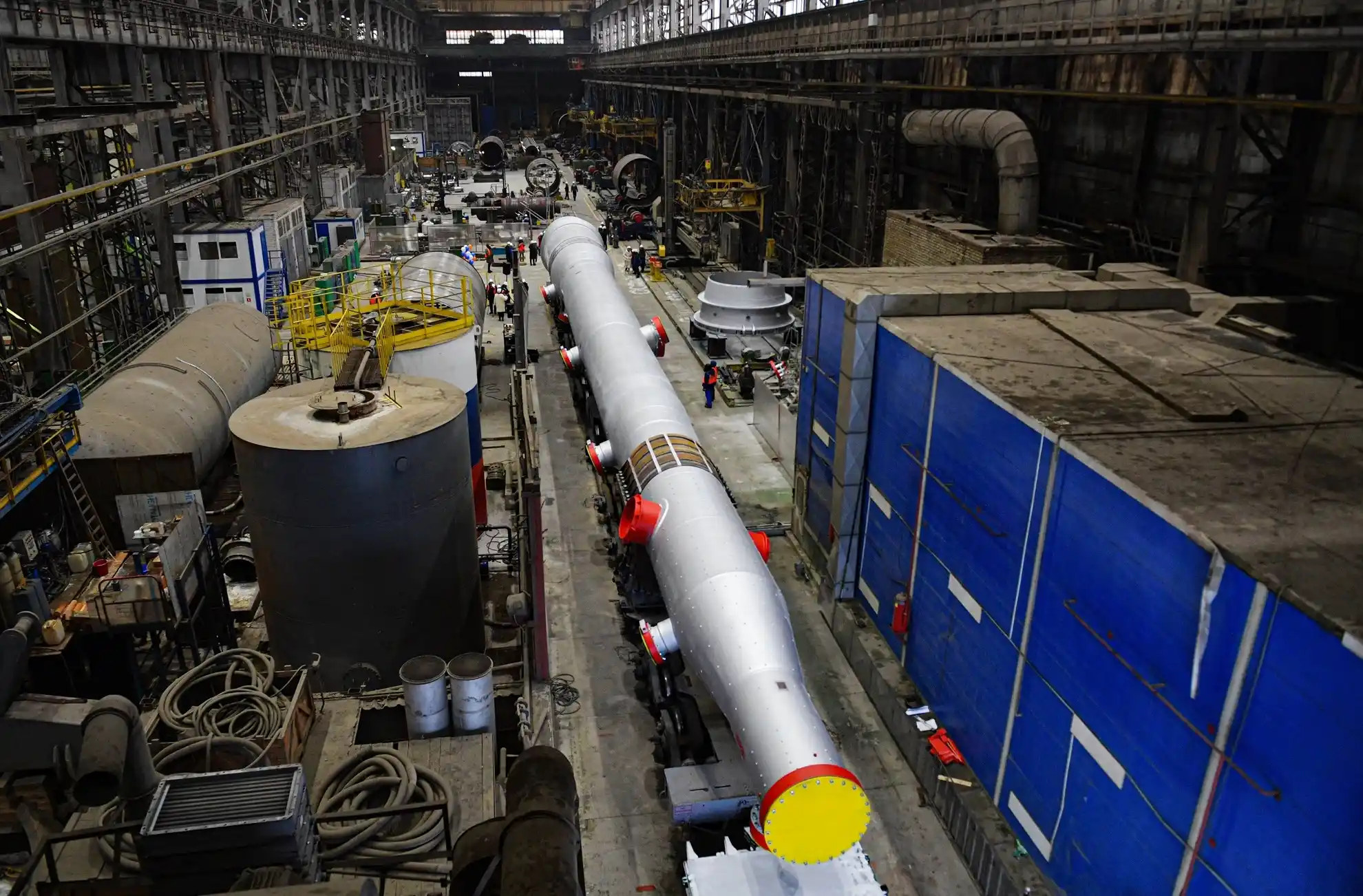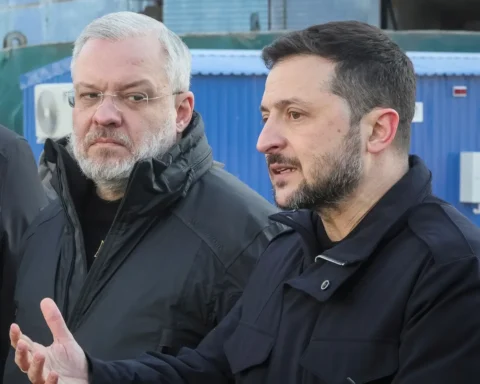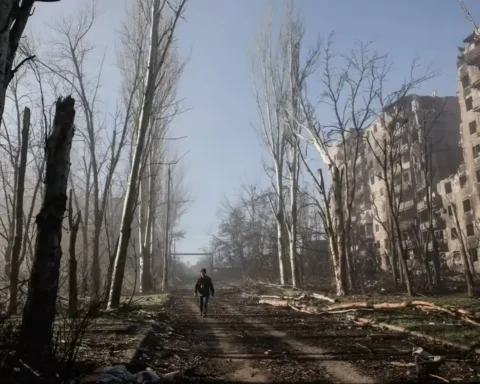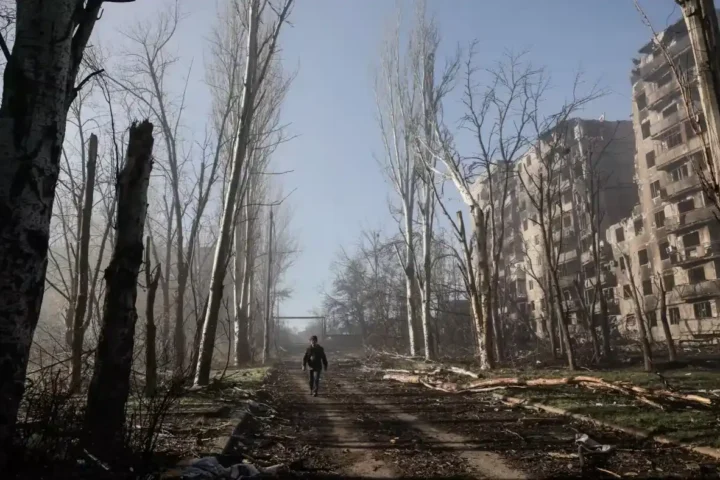The majority of Russia’s manufacturing sector has felt the impact of sanctions, with industries experiencing varying degrees of disruption. According to the RAS Institute of Economic Forecasting, the consequences range from severe negative effects to moderately positive outcomes, depending on the industry.
Automotive Industry Takes the Hardest Hit
The automotive sector has been the most adversely affected, with production volumes plunging 43% below forecasted levels. This decline represents a staggering 15% reduction in overall output. A 20-year policy aimed at fostering industrial assembly of foreign brands and increasing localization of components has proven ineffective under the current circumstances. Sanctions have severely disrupted supply chains, leaving the industry struggling to adapt.
Significant Impact on Woodworking
The woodworking industry has also experienced substantial setbacks due to sanctions. The restrictions have disrupted supply chains and hindered the industry’s ability to maintain production levels, compounding its economic challenges.
Machinery Manufacturing Feels the Pressure
The machinery manufacturing complex has faced notable declines, with reductions ranging from 9.9% to 5%. Sectors producing machinery, equipment, and transport engineering have been particularly hard-hit. These industries rely heavily on imported components, making them vulnerable to supply chain disruptions and the broader economic constraints imposed by sanctions.
While some industries have managed to find opportunities amidst the challenges, the overall picture highlights the vulnerability of Russia’s manufacturing sector to external economic pressures. These developments underscore the need for strategic adaptation and resilience planning to mitigate the long-term effects of sanctions.


















